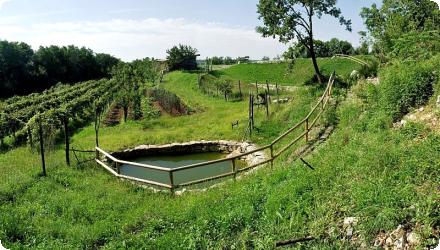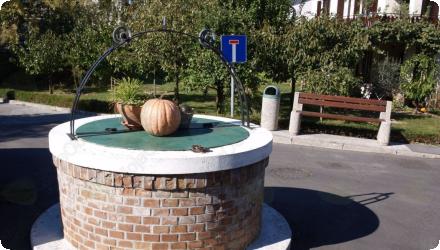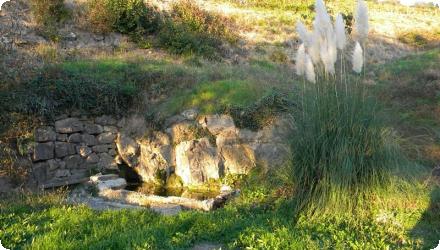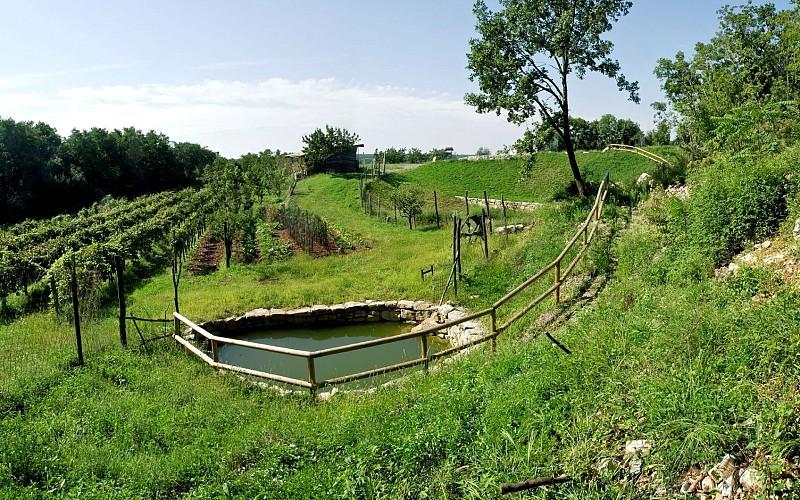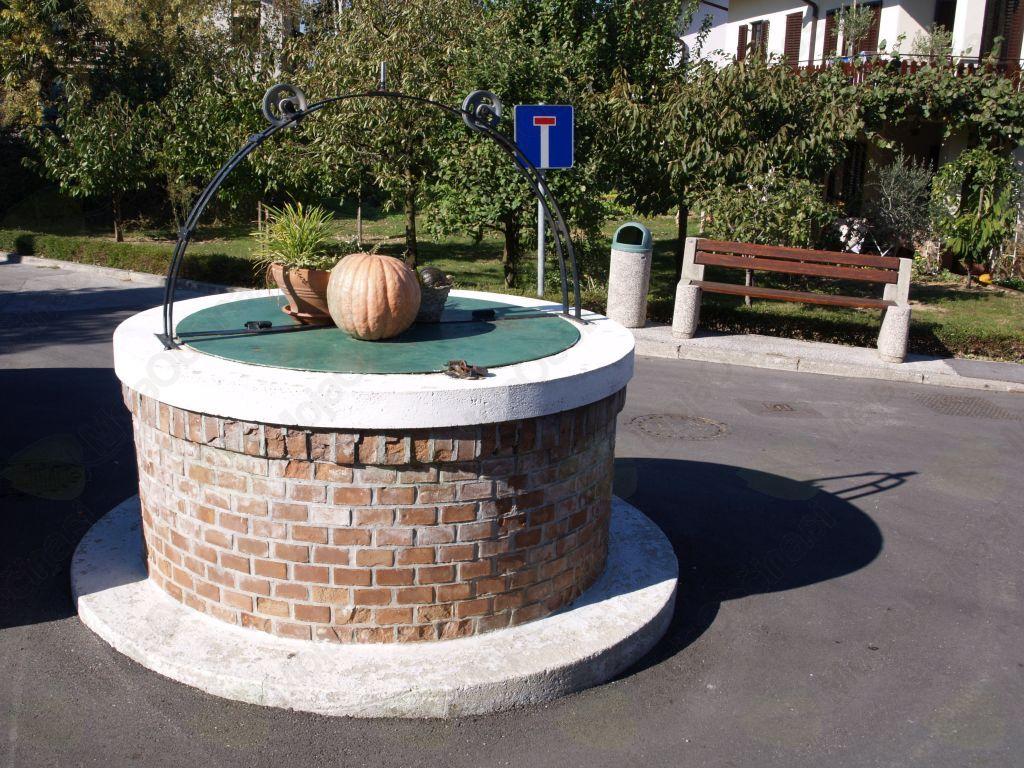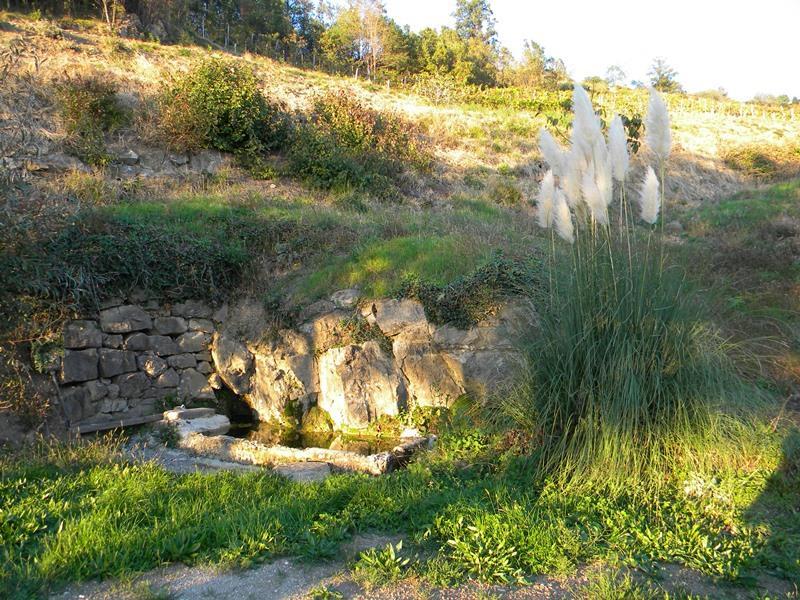| Authority type | Authority name | Role | Comments |
|---|---|---|---|
| Activity stage | Name | Key issues | Comments |
|---|---|---|---|
|
Information boards
|
are set in front of each of the restored water well in the cross-border area
|
||
|
Leaflets
|
with recognised markings are available in all tourist and information centres
|
||
|
Publication
|
on cultural heritage of water wells was designed
|
||
|
Events
|
were organized at the location of water wells on both sides of the border
|
| Target purpose |
|---|
|
Oher Societal Benefits
|
|
Increase Water Storage
|
| Pressure directive | Relevant pressure |
|---|
| Impact directive | Relevant impact |
|---|
| Requirement directive | Specification |
|---|
| Arrangement type | Responsibility | Role | Name | Comments |
|---|
| Wider plan type | Wider plan focus | Name | Comments |
|---|
Public interpretation & tourism use: creation of a themed trail/brochure and continued themed walks around wells (štirne) and karst ponds (kali) promoted by Miren Kras (tourism office).
Cross-border cooperation & local engagement: consortium led by Municipality of Miren–Kostanjevica with ~10 partners; subsequent local actions (e.g., new kal in Vojščica, 2023) show ongoing community stewardship of similar features.
Delivery targets can shift upward with strong local participation: 34 sites were reported restored at closure vs. 32 planned, so scoping and documentation should clearly record final counts for transparency.
Long-term visibility matters as much as the works. Themed trails and a brochure keep sites used and interpreted after construction, sustaining benefits for education and tourism.
Execution on mixed public/private parcels requires early ownership checks and municipal contracting. Street-level tenders in Šempeter-Vrtojba show how naming exact wells/locations and procuring restoration through a contractor provided practical traction.
Post-project stewardship is local. While no formal maintenance plan was published for LivingFountains, later management of a new kal in the same municipality by the hunting club, with municipal/Forest Service support, illustrates a workable community model, one to formalize in future projects.
A clear monitoring gap remains. Public materials do not report quantified hydrological, water-quality, biodiversity, or climate metrics for the restored wells/ponds; future projects should budget baseline and follow-up monitoring to evidence biophysical outcomes.
| Success factor type | Success factor role | Comments | Order |
|---|---|---|---|
|
Other
|
main factor
|
Clear, concrete scope with visible delivery. A target of 32 wells/ponds restored was set and 34 were reported at closure—easy for partners and the public to understand and track. |
|
|
Other
|
main factor
|
Pragmatic procurement with site specificity. Street-level tenders in Šempeter–Vrtojba listed exact wells/locations and delivered works through a named contractor—turning heritage aims into executable tasks. |
|
|
Financing possibilities
|
main factor
|
Strong cross-border consortium and funding. ERDF (Italy–Slovenia 2007–2013) + national co-funding with ~10 partners, led by the Municipality of Miren–Kostanjevica, provided budget, legitimacy, and reach. |
|
|
Public participation
|
secondary factor
|
Lasting interpretation and tourism integration. A themed trail + brochure and, later, Miren Kras “themed trails” keep the wells (štirne) and karst ponds (kali) active in education and soft tourism well beyond construction; a documentary (“Ujeta voda”) amplified outreach. |
| Driver type | Driver role | Comments | Order |
|---|
